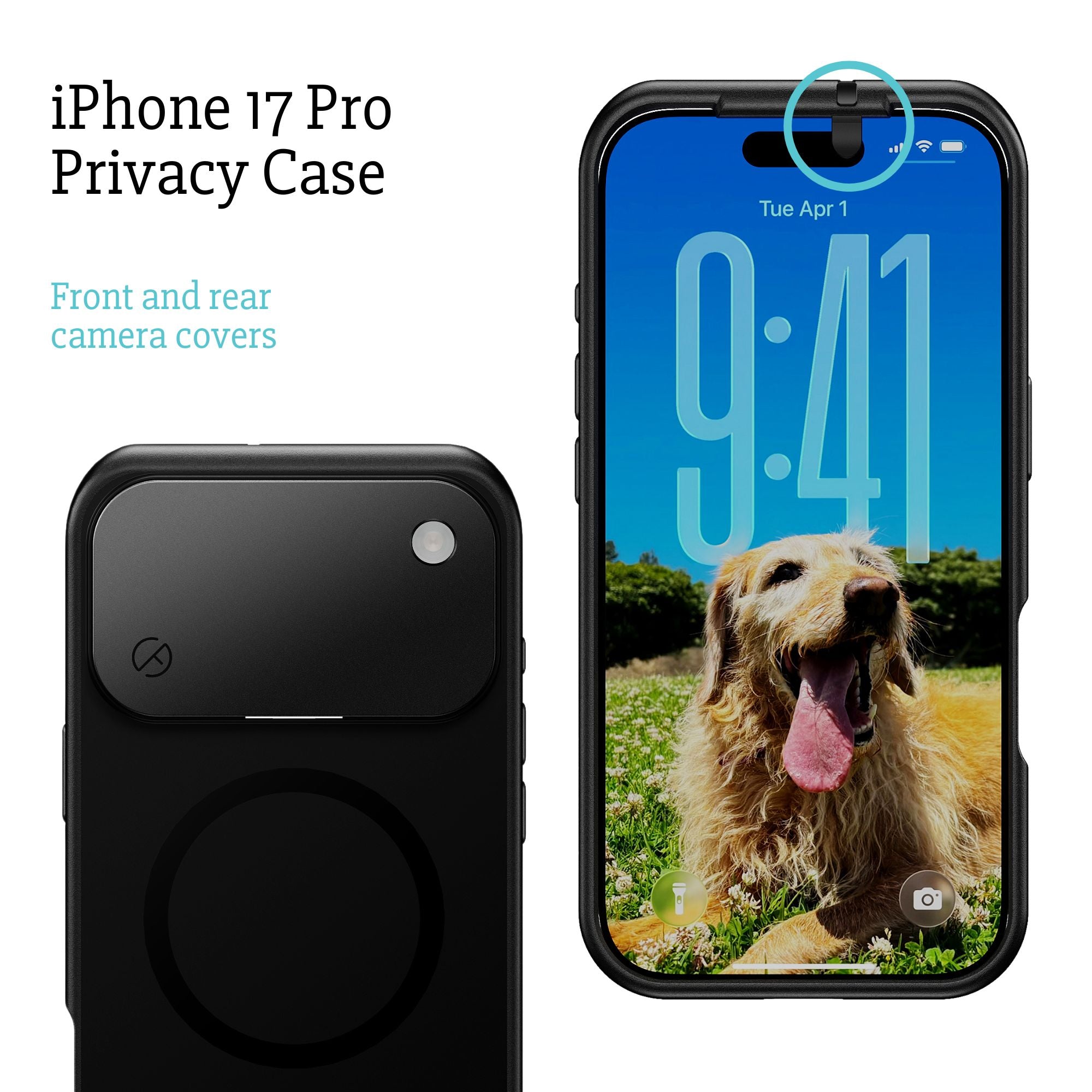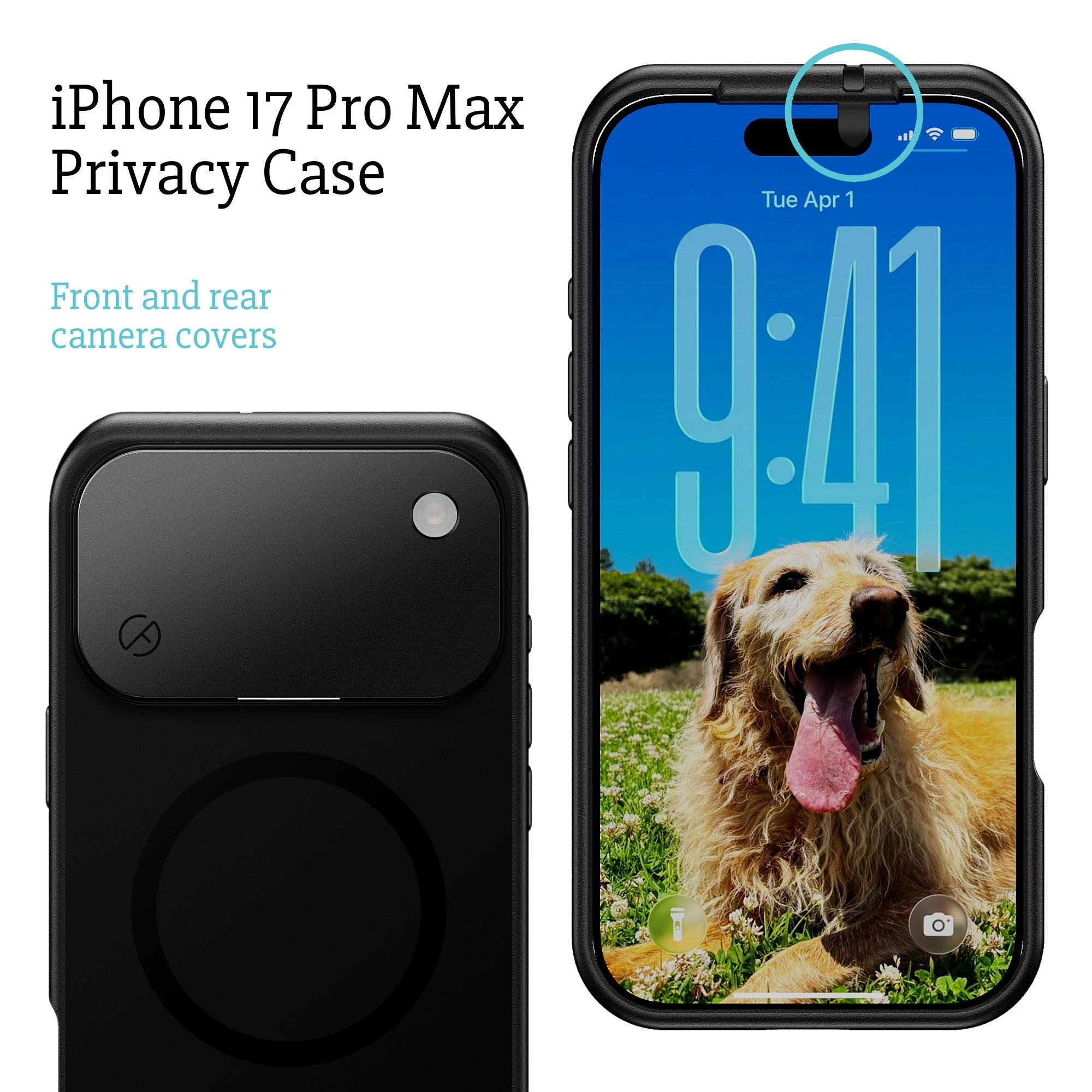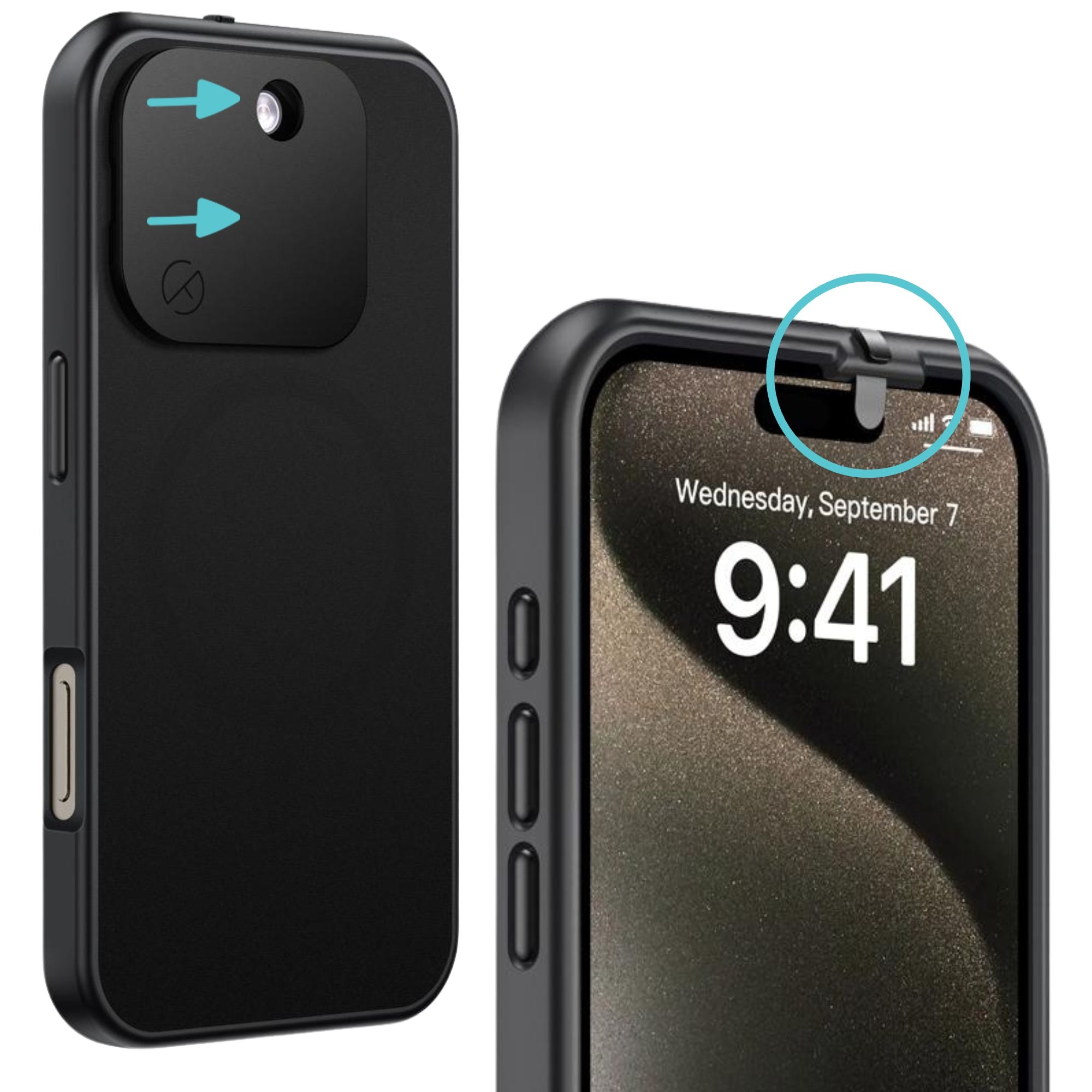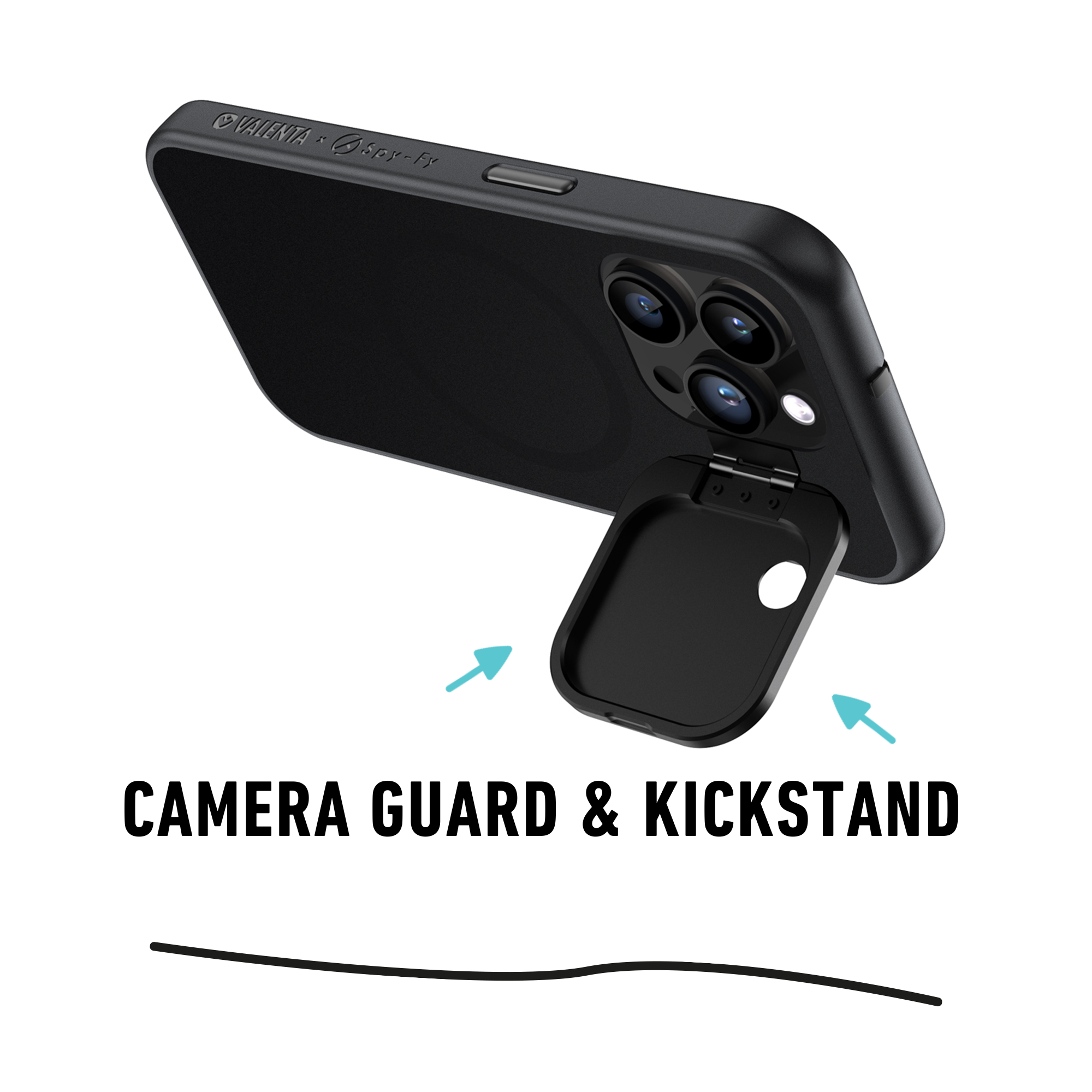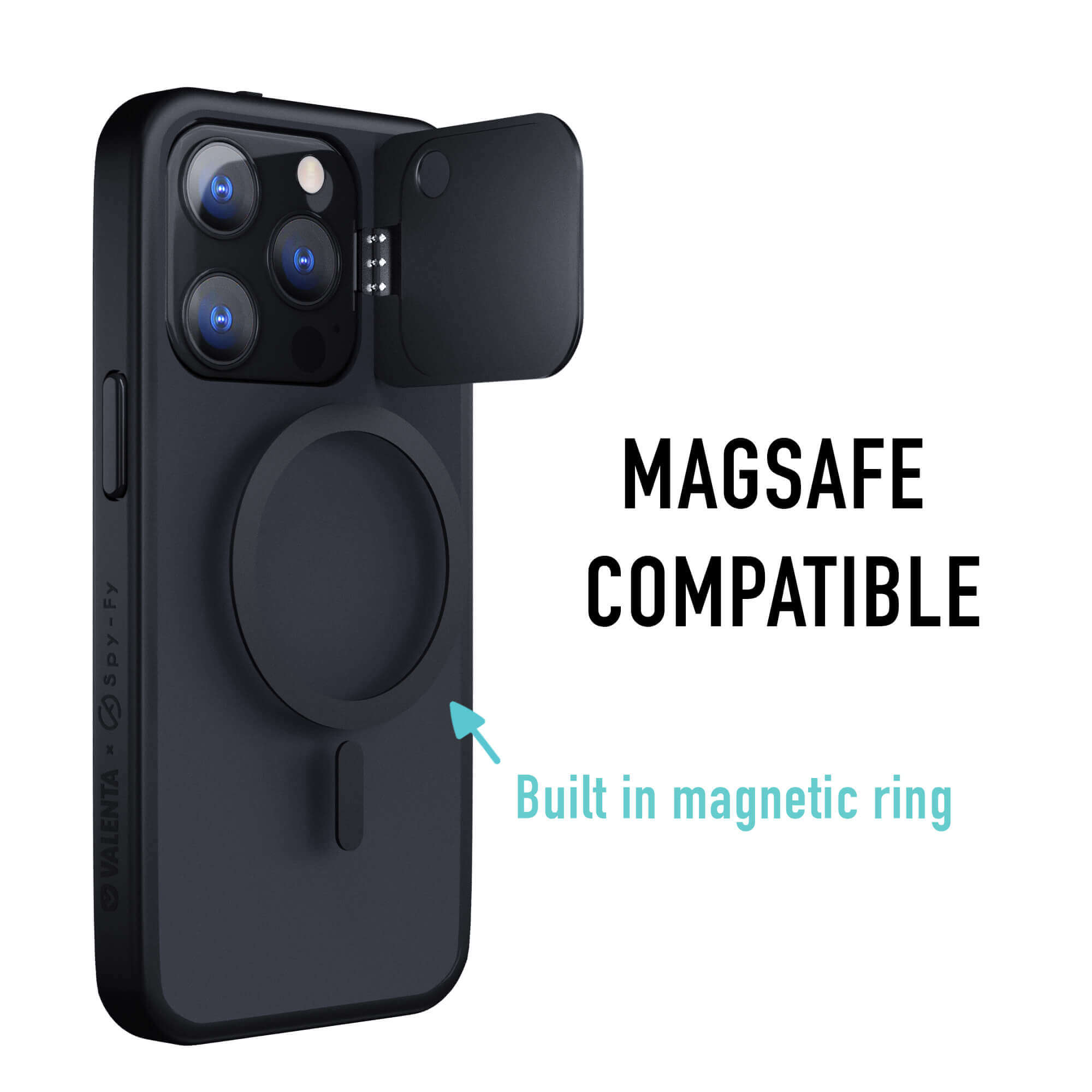In a world where much of our lives are spent online, keeping your personal data secure is paramount. Hackers and cyber criminals can use personal information found online to gain access into your accounts. Luckily, there are lots of easy steps you can take to protect your digital privacy!
Tips to Protect your Digital Privacy:

1. Begin with a better Login
With your username and password, a cybercriminal has the keys to your account. That’s all it takes. Creating stronger usernames and passwords can help keep these keys away from hackers.

The first step is creating a username that doesn’t reveal too much personal information, otherwise hackers might be able to guess it. For example, using your first name and birthday is info that might be easily found on your Facebook. Create something that you can remember but isn’t so personal.
The fact that the most commonly used password is “password “ is alarming in terms of data privacy. You can easily come up with something that is a lot stronger than that! Avoid using names, dates of birth, or even using words at all. Instead try a mixture of letters (upper and lowercase), symbols and numbers.
Norton suggests “using a combination of at least 10 numbers, special characters, and upper- and lower-case letters. And never use personal, easy-to-guess information – such as your birthdate or pet’s name – as your password”. After creating a stronger username and password, using two-factor authentication can add an extra layer of protection to your account.
2. Double up your protection – use two-factor identification

Two-factor authentication, also written as 2FA, adds an extra layer of defense to your accounts. Instead of relying on just a password, an account using two-factor authentication requires an extra proof of identity. Often the first factor is your password, and the second factor uses some sort of physical device. For example, you might log into your account with your password, and then have to enter an additional code that is sent via text message to your phone. Using the combination of the password and the text sent from your phone, you will be able to access your account. The idea is that even if a hacker has your password, if they can’t get the code from your phone, your account stays secure. This is just one example of two-factor authentication. Other possibilities for the second factor may include fingerprints, facial recognition, cards or fobs.
3. Go incognito – browse privately

Private browsing, or incognito mode, is one way you can surf the web more securely. Essentially, using your web browser in private browsing mode keeps others from tracking your browsing history. Each web browswer calls this mode something different, but the idea is that you can privately surf the web without leaving traces. With one click to select incognito mode, your digital privacy becomes more secure! However, Norton notes that this is only the first step to securing your web browser, using a VPN (virtual private network) or anonymous search engines can also help!
4. Share with care – secure your digital privacy on social media
For better or for worse, social media sites have become an integral part of our everyday lives. However, it is important to watch what personal information you make available on your profile. Hackers often use social media sites to find personal information. This can occur, even when someone is not in your social network. According to Tech News World, hackers may even create convincing fake accounts in order to add you as a friend. On your social media profiles, hackers can find lots of personal information like your photos, email address, birthday, phone number, your pet’s names, your mother’s maiden name, or an old school mascot. This information could then be used to answer security questions you’ve set to reset your password.
 Being aware of what you share is an easy way to be cognizant of your digital privacy risks!
Being aware of what you share is an easy way to be cognizant of your digital privacy risks!
Consider using an email without identifying information when you create an account and limiting the sharing of personal data that might be used maliciously by hackers. This is not to say that you should avoid using your social media accounts, only that you should be more privacy aware in your use.
5. Update, update, update!
Picture this: You’re in the middle of sending a text and you get a message that the newest iOS update is ready. You ignore it. You get the update reminder again. You ignore it once more. While leaving the update till later might seem more convenient, this may leave your device vulnerable to security threats.

By making sure that the operating systems on your computer and smartphones are frequently updated, you can ensure that the latest security improvements are in place. According to Consumer Reports, keeping your devices up to date is an easy and effective way to secure your devices because manufacturers often use these updates as an opportunity to fix or patch potential security flaws. Often your devices may allow you to automatically update your web browsers, operating systems, software and applications. This can help to ensure that your devices are secure and protected. Despite the convenience of automatic updates, the New York Times noted that people tend to delay or ignore these updates due to their inconvenient timing or the possibility that they might not work with their current software. In this case, their advice is that individuals should create a monthly calendar reminder to manually install updates. By making sure your devices are updated, you can feel more secure in your digital privacy.
Sources:
At Spy-Fy, we value your digital privacy. That’s why we make premium privacy gadgets to help you stay protected! Be the agent of your own privacy.




